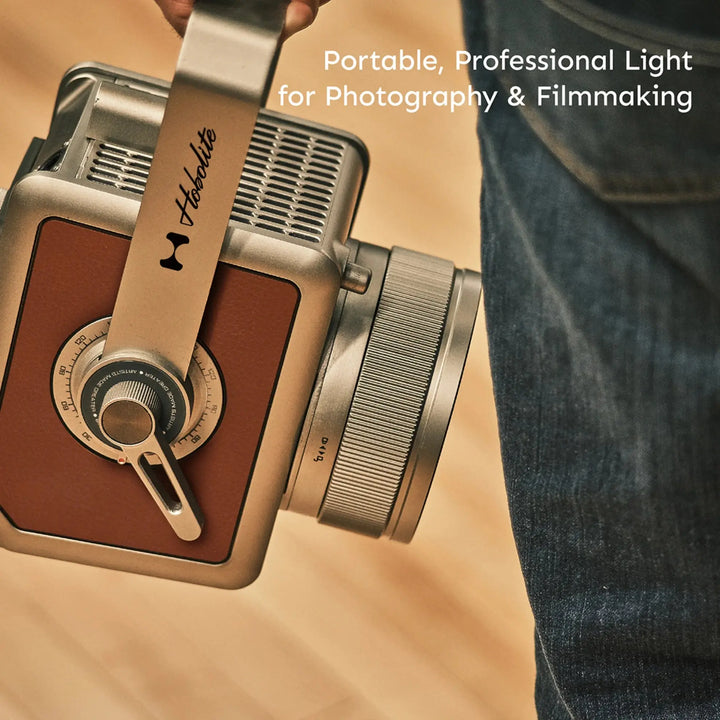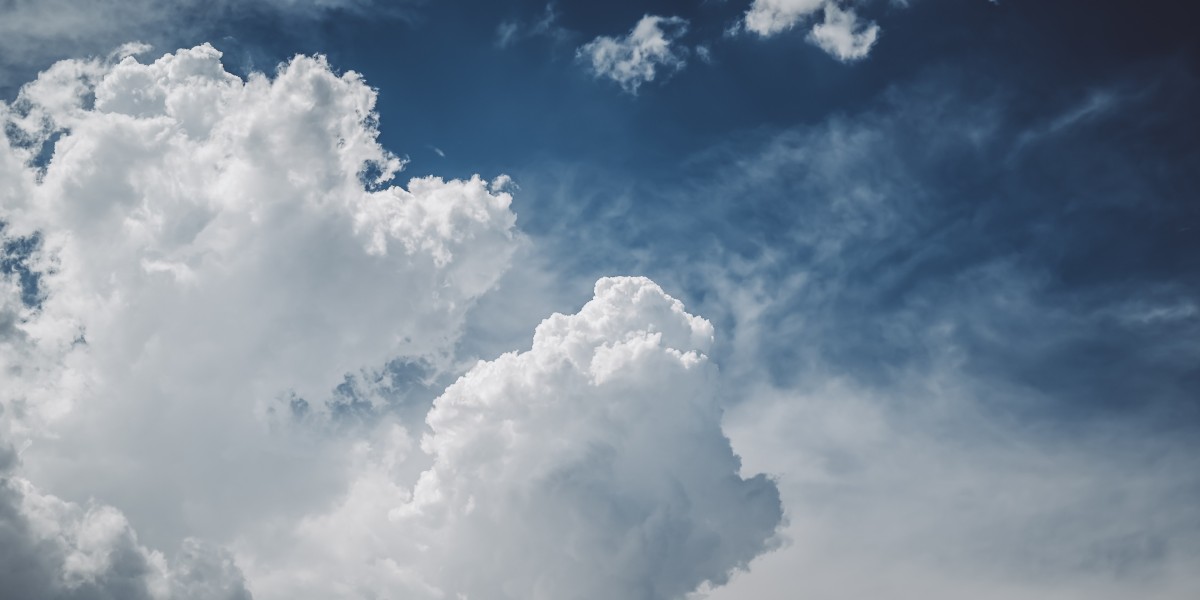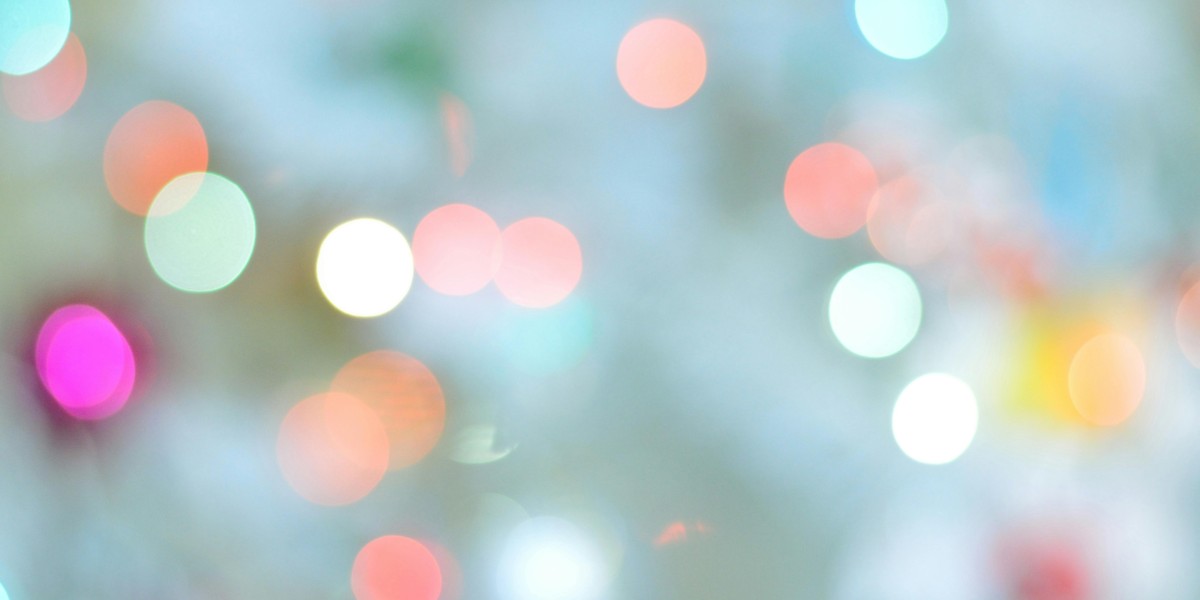Transform Your Studio with These Game-Changing LED Lighting Secrets!
Lighting plays a pivotal role in any studio setting, setting the mood and enhancing the quality of creative work. The advent of LED lighting has revolutionized how artists, photographers, and videographers approach their craft, offering unparalleled flexibility and efficiency. In recent years, LED options have surged in popularity among creatives, thanks to their ability to produce high-quality light while being environmentally friendly. This article aims to explore the various LED lighting options available for studio use, including their types, benefits, and recommended setups. Whether you're a professional or a hobbyist, understanding these elements can transform your studio environment and elevate your work.

Understanding LED Lighting for Studios
LED, or Light Emitting Diode lighting, is a technology that converts electricity directly into light through a semiconductor. Unlike traditional incandescent or fluorescent bulbs, which rely on heating a filament or gas to produce light, LED technology is more efficient and durable. This difference means that LED lights use significantly less energy, produce less heat, and have a longer lifespan. As a result, they are an ideal choice for studio environments where lighting needs to be consistent and reliable. My friend, a professional photographer, once shared how switching to LED lighting transformed her workflow, allowing her to work longer hours without the discomfort caused by heat from traditional lighting.
Types of LED Lighting Suitable for Studios
When it comes to studio lighting, there are several types of LED options that cater to various needs and applications. Panel lights are a popular choice for their wide coverage and even distribution of light, making them perfect for illuminating larger areas or backdrops. Spotlights offer directionality and can highlight specific subjects or areas, which is essential in both photography and video production. Ring lights are favored by beauty and makeup artists for their ability to create soft, even lighting that minimizes shadows on the face. Each type of LED lighting has its unique features and applications, allowing creatives to choose the best fit for their specific projects. For instance, my friend who specializes in makeup tutorials swears by her ring light, stating that it dramatically improves the quality of her videos and photos.
Benefits of Using LED Lighting in a Studio
The advantages of LED lighting extend far beyond mere aesthetics. One of the most significant benefits is energy efficiency; LEDs consume up to 80% less energy compared to traditional bulbs, leading to significant savings on electricity bills. Additionally, they boast an impressive lifespan, often lasting up to 25,000 hours or more, which reduces the frequency and cost of replacements. LED lights also offer adjustable color temperatures, allowing users to easily shift from warm to cool light depending on the desired effect. This flexibility is particularly beneficial in a studio setting, as lighting can drastically alter the mood and tone of a project. Another advantage is that LEDs emit much less heat, which creates a more comfortable working environment, especially during long shoots. I recall a time when my friend was recording a long video session, and the heat from her old lights was unbearable. After she switched to LEDs, her experience improved immensely, allowing her to focus entirely on her work.
Recommended LED Lighting Setups for Different Studio Needs
Setting up LED lighting can vary based on the specific needs of your studio. For photography, a three-point lighting setup is often recommended: key light, fill light, and backlight. This configuration provides depth and dimension to subjects. In video production, softbox lights can be positioned to create a flattering, diffused light that avoids harsh shadows. For live streaming, a combination of ring lights and panel lights can create an engaging and professional look, ensuring that the subject is well-lit from all angles. My friend who streams her gaming sessions found that using a ring light directly in front of her made a huge difference in her viewers’ experience, as it eliminated unflattering shadows and provided a clean, polished appearance. Experimenting with different layouts and configurations can help you discover what works best for your specific content.
Tips for Optimizing LED Lighting in Your Studio
To maximize the effectiveness of your LED lighting, consider placement strategies that enhance your workspace. Position lights at different angles to avoid flat lighting and create depth. Utilizing dimming options can also help control the intensity of the light based on the scene, allowing for greater creativity. Accessories like softboxes and reflectors can further enhance the quality of your lighting by softening harsh edges and distributing light evenly. Additionally, experimenting with colored gels can add a unique touch to your projects, opening up new avenues for creativity. My friend often plays with colored gels to achieve specific moods in her videos, showcasing just how versatile LED lighting can be.
Maximizing Your Studio's Potential with LED Lighting
In conclusion, LED lighting offers a wealth of possibilities for transforming your studio environment. From energy efficiency to versatile setups, understanding and utilizing the various types of LED lights can dramatically enhance your creative output. As you explore different configurations and techniques, don’t hesitate to experiment with what works best for your unique style and needs. The right lighting setup can make all the difference in achieving stunning visuals, so dive in and let the transformative power of LED lighting elevate your studio experience!








